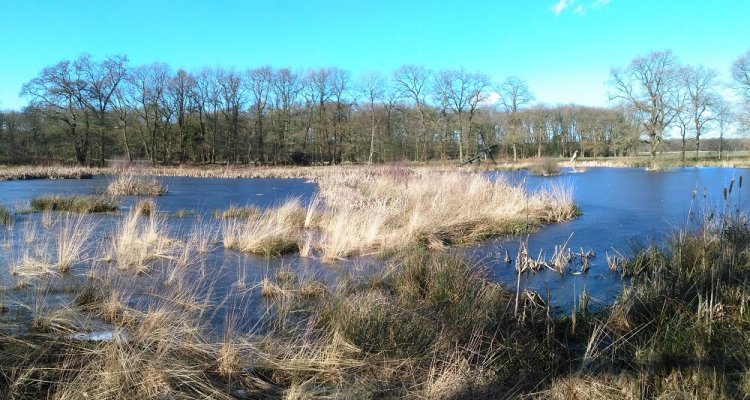
Ancient and new peat landscapes
Peat landscapes have partly originated under the combined influence of nature and man. Parts have been excavated for the extraction of peat, or have disappeared due to oxidation. Other peatlands became inundated due to land subsidence after drainage.
Peatlands contain traces of occupation in the past and could be considered treasure-houses of cultural heritage. Peatlands are also archives of geoheritage: the land forms and soils in these landscapes embed information on the origin of these areas and on the characteristics and behaviour of various types of peat. For example on the nutrient availability and water permeability.
Knowledge on the initiation of peatlands in the past and their functioning is essential to develop and preserve these landscapes for the future, as nature reserves, living environments and archives of cultural heritage. In which wetland ecosystems could we restore the accumulation of peat?
Wageningen University & Research investigates interactions between peat landscapes and humans on long time scales. We make reconstructions and projections of peat growth in bog landscapes and investigate the landscape history of peatlands. We make maps of landforms and soil types in peatlands, and monitor vegetation with drones. Read more about that in this issue of the dossier.
Publications
-
Reconstructing historic bog iron ore deposits in the Bourtangermoor, a former raised bog in the Netherlands
-
Climatic controls on the dynamic lateral expansion of northern peatlands and its potential implication for the 'anomalous' atmospheric CH4 rise since the mid-Holocene
-
How Bogs Made for Borderlands: The Eastern Low Countries, c. 670 – c. 1900 ce
-
Bogs, bones and bodies: the deposition of human remains in northern European mires (9000 BC–AD 1900)
-
Faded landscape: unravelling peat initiation and lateral expansion at one of northwest Europe's largest bog remnants
-
Different hydrological controls causing variable rates of Holocene peat growth in a lowland valley system, north-eastern Netherlands; implications for valley peatland restoration
-
Vegetation and peat accumulation steer Holocene tidal–fluvial basin filling and overbank sedimentation along the Old Rhine River, The Netherlands
-
Drowning landscapes revisited. Correlating peatland expansion, human habitation trends and vegetation dynamics in the Northwest European mainland
-
Peatland initiation through time and space
-
Dating basal peat: The geochronology of peat initiation revisited